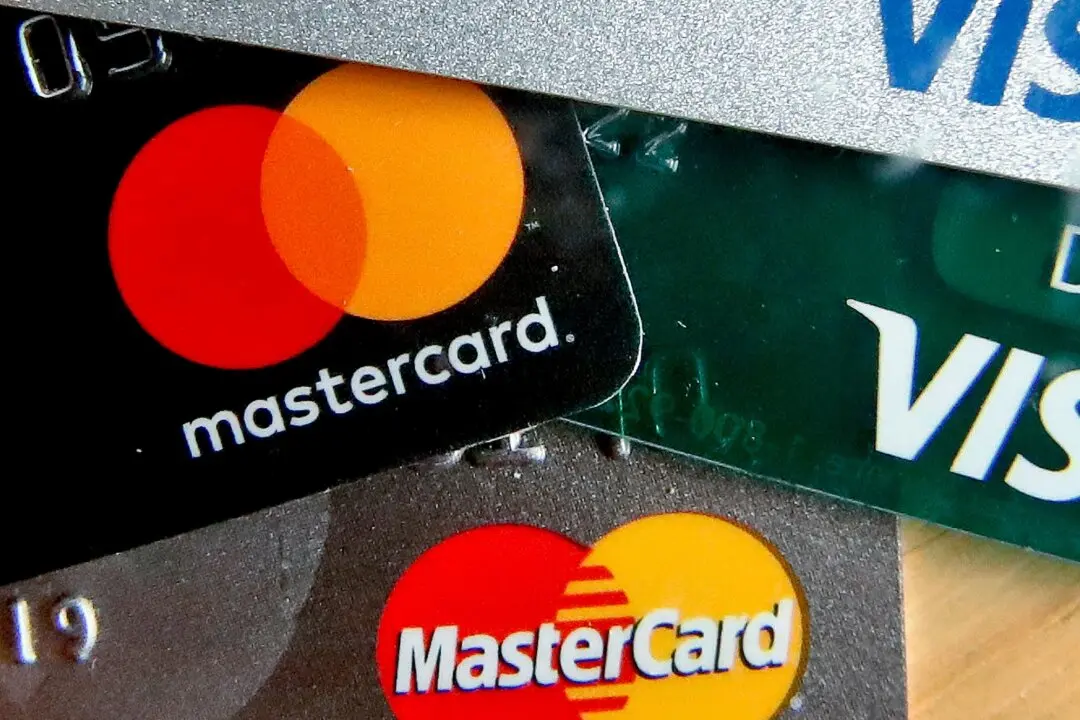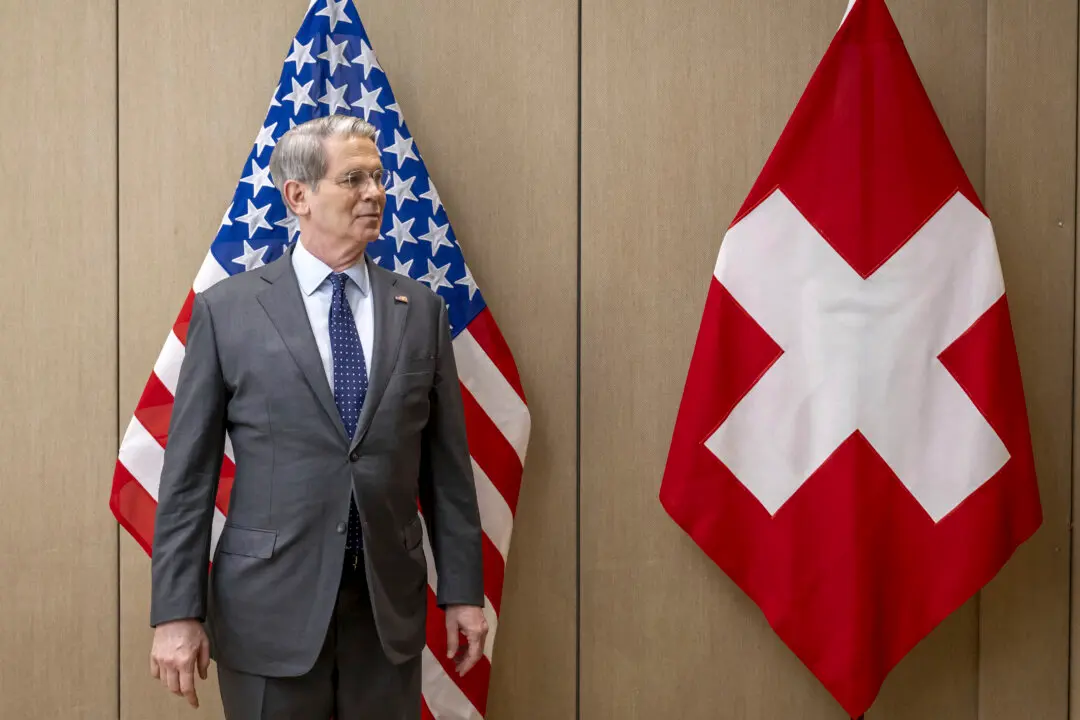U.S. employers maintained a robust pace of hiring in February, giving the economy a strong boost as it faces headwinds from the coronavirus outbreak.
The Labor Department’s closely watched monthly employment report issued Friday showed that last month, the economy added 273,000 jobs, formally known as “nonfarm payrolls.”





